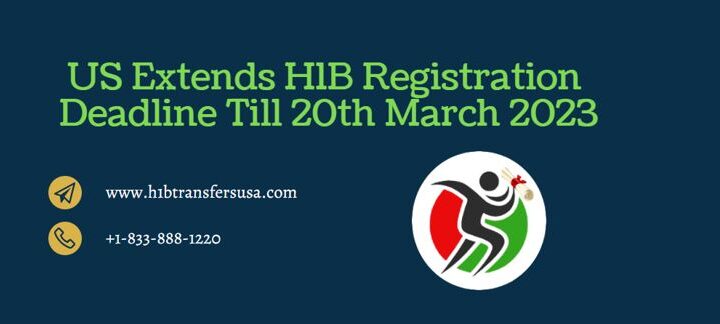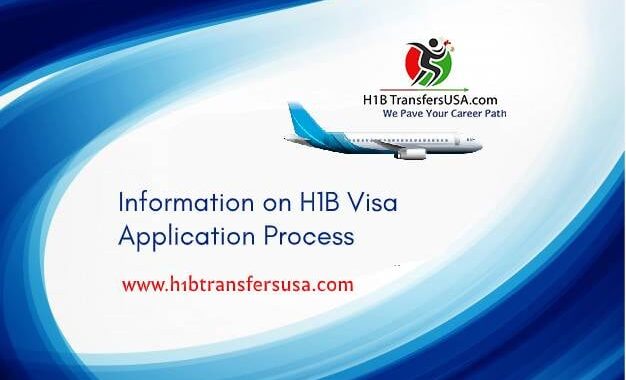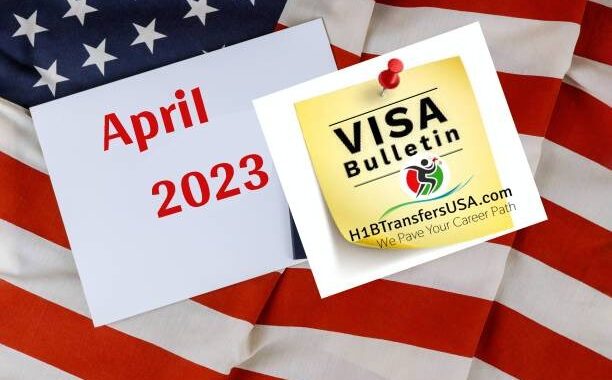H1-B Visas For US Drop The Most In A Decade – This Is Why
3 min read
The number of immigrants under the H-1B visa program holding high tech jobs dropped by 9% in the United States, the highest drop in 10 years, as indicated by a Bloomberg News analysis of data from the US Department of Labor.
Foreign engineering and mathematics workers on H-1B visas fell 12.6% in the fiscal year ending September 2021 compared with the earlier year, it said.
This is the second consecutive yearly decline for this segment, which had traditionally been growing consistently, and has been to a great extent because of travel and visa restrictions on account of the Covid-19 pandemic.
The combined metrics for all job categories totaled more than 497,000 during the fiscal year 2021. A 9% decrease from 2020 and a 17% decline from 2019. Bloomberg News analyzed information from 2011 to 2021.
“The drop in H-1B workers is attributed to the Covid travel bans and the inability of non-immigrants to get visas and come to the US under approved H-1B petitions,” said Cyrus Mehta, managing partner, Cyrus D Mehta, and Partners.
Previous US president Donald Trump had banned the entry of specific visa holders including H-1B visas. In a bid to protect American jobs for local workers in the early days of the pandemic.
Further, the pandemic resulted in embassy closures across the world. Resulting in a temporary halt and then a slowdown in visa processing.
H-1B visa holders in the US dropped 9%, the highest in a decade
Compared and pre-Covid levels in 2019, the year’s number of H-1B employment cases was down 19% for the engineering and mathematics job category.
“Another way of looking at it is that numerous in the US who have been in H-1B status. Might have adjusted to the permanent residence over the past year,” Mehta said.
“Also, numerous who have pending adjustment applications, and have not yet gotten the green card. May have decided to remain in the US as pending adjustment candidates with work permits. Rather than remain in H-1B status,” he said. “Pending adjustment candidates think that it is simpler to remain without an H-1B. And have only a work permit as they can exercise job portability more easily.”
The H-1B visa program allows U.S. employers to hire high-skilled foreign workers for jobs in specialty fields like coding and engineering. The tech industry, specifically, depends on the program to ease worker shortages. Engineering and mathematics jobs make up the vast majority of H-1B visas given.
[Federal Contractors’ Alert: Minimum Wage for Workers Is Going Up January 30, 2022]
The program is limited to 85,000 new visas yearly. However foreign workers who get H-1B visas can transfer roles within a similar field, change companies, or have their visas expanded. These additional certifications — on top of new hires — make up a broader measure of job activity within the program.
The contraction in recruiting for H-1B foreign STEM workers shows the field of technology wasn’t immune to the disturbances caused by Covid-19. Although it was hit less extent compared and different industries, said immigration lawyer Nandini Nair, a partner at Greenspoon Marder.






